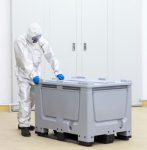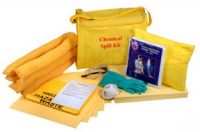Don’t Rush to Get that Waste Off Your Site
Problem # 1: Have you crossed the line to hazmat offeror? You’re a hazardous waste generator and you have hired a hazardous waste transporter to pick up your waste and haul it off. You’ve checked everything off your Resource Conservation and Recovery Act (RCRA) checklist and you’re ready for the waste to be out of […]










